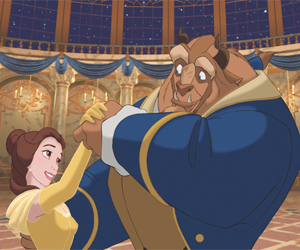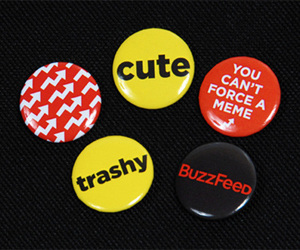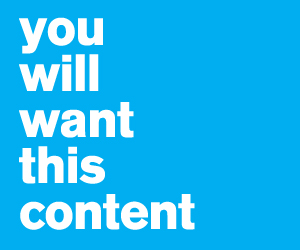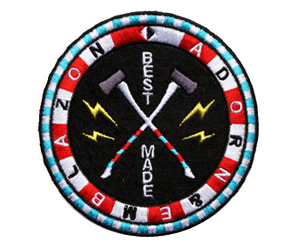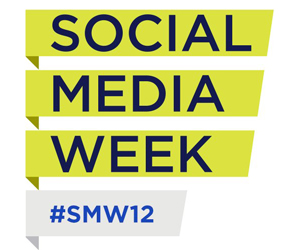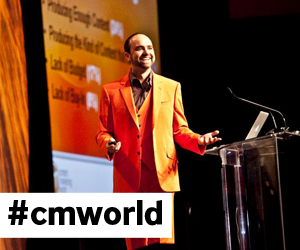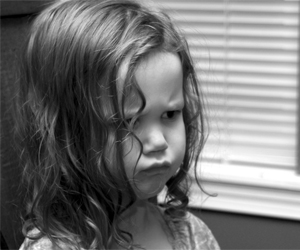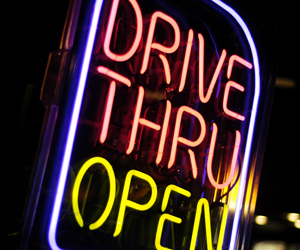
Drive-Thru Marketing: Bite-sized Content for an Impatient World
I know that at some point in my life I did. I could wait in lines, sit through three-hour college classes and even read a book for hours, all without feeling as though I’d missed out on something. But not anymore.
Today my patience (or maybe it’s just my attention span) has deteriorated to a sliver of what it was. In a normal day at the office, I scan hundreds of tweets and status updates, read (or at least skim) a dozen or so blog posts and view countless Facebook photos, YouTube videos (the short ones), Touts and Vines. I can't stand in line without checking my email, Facebook or Instagram.
I’m not reading books or even long- form articles. I’m busy (at least I think I am), and I don’t have time to read your lengthy e-Book or watch your 60-minute webinar. In reality I probably do have the time, but the advent of social media has changed not only the type of content I consume and where I consume it, but also the speed in which I feel I must consume that content. And by "I," I mean most everyone.
So what does that mean for content marketing?

